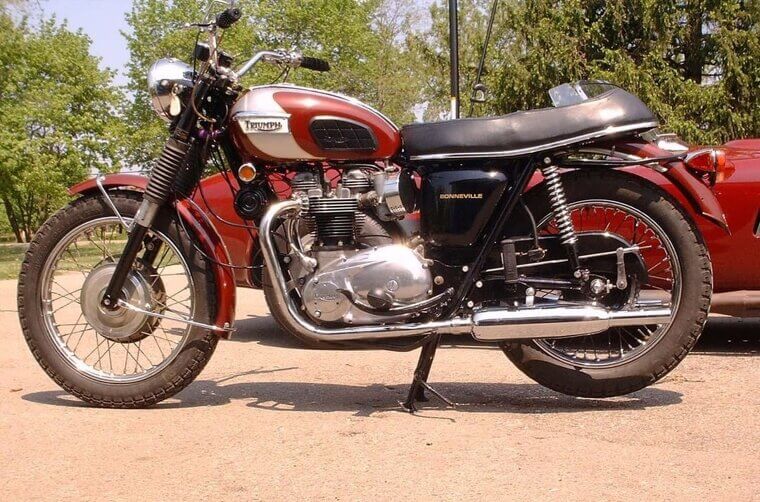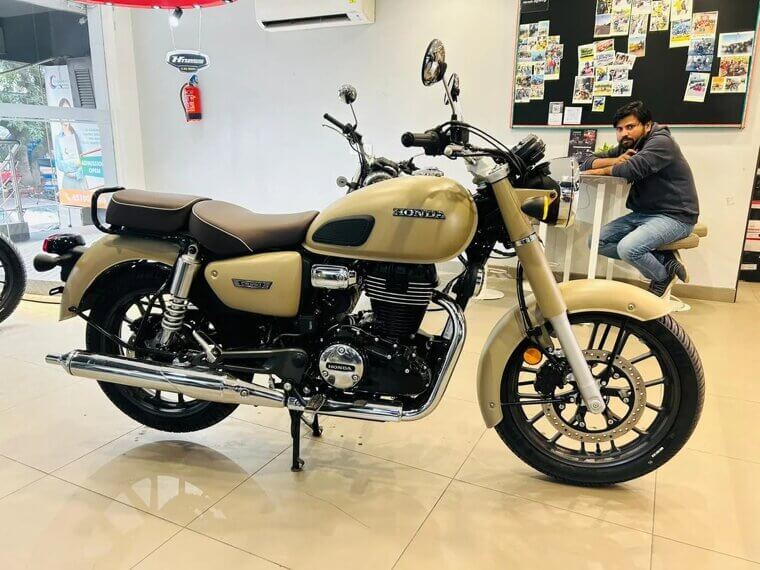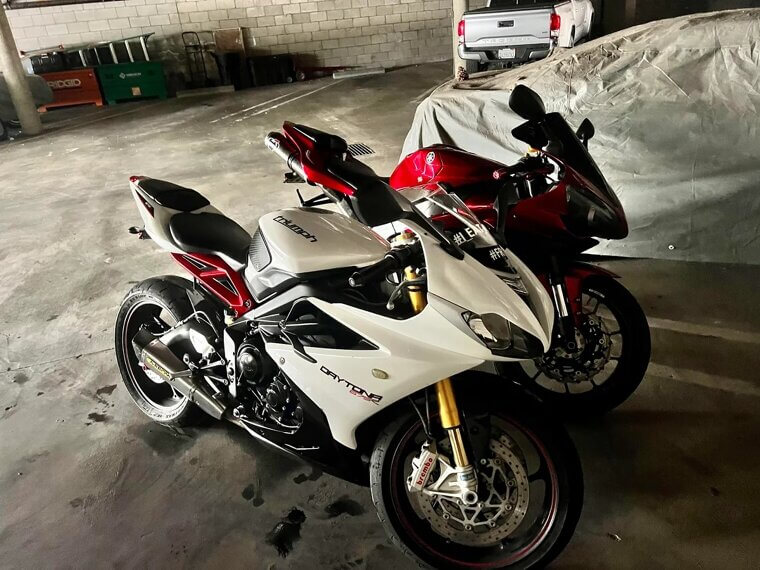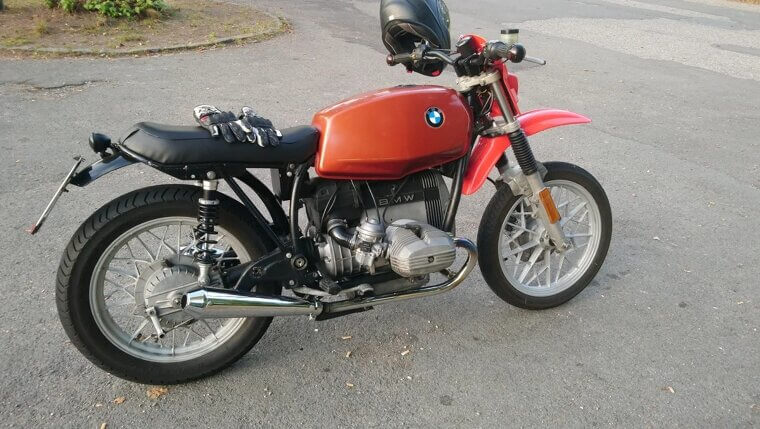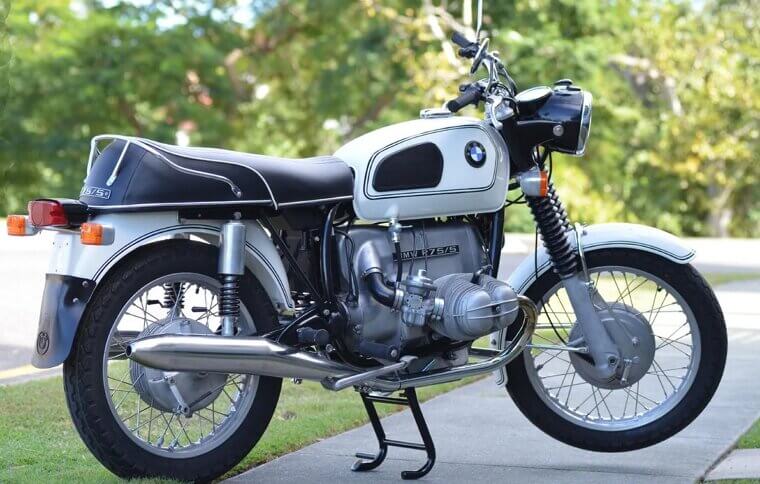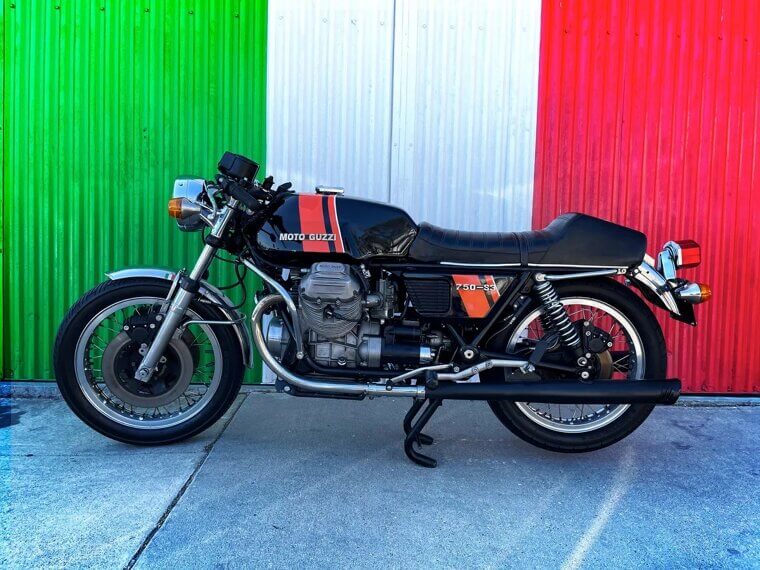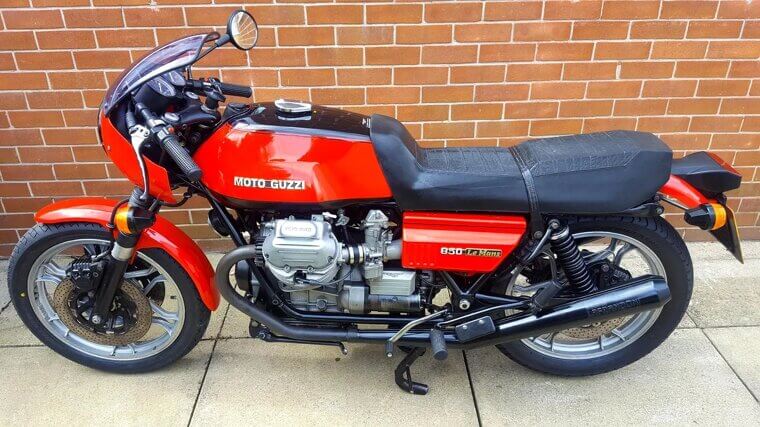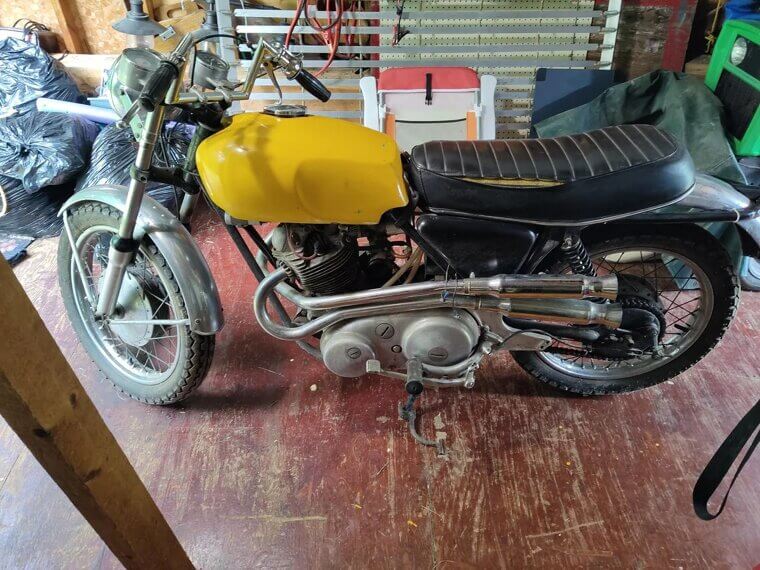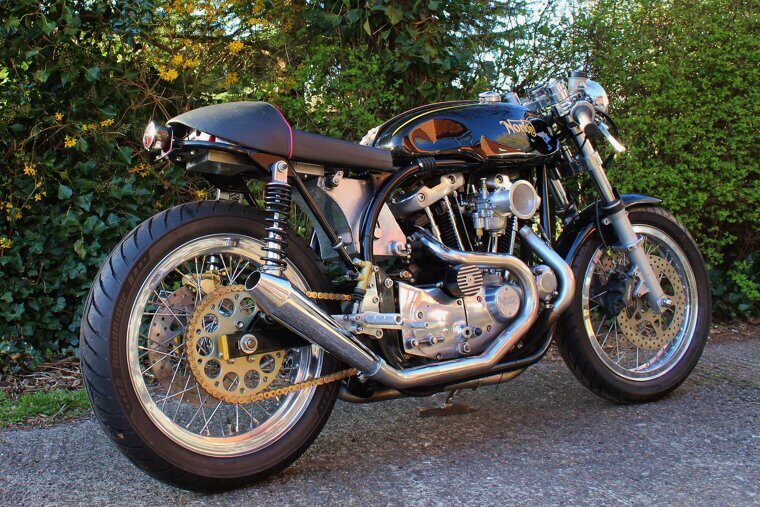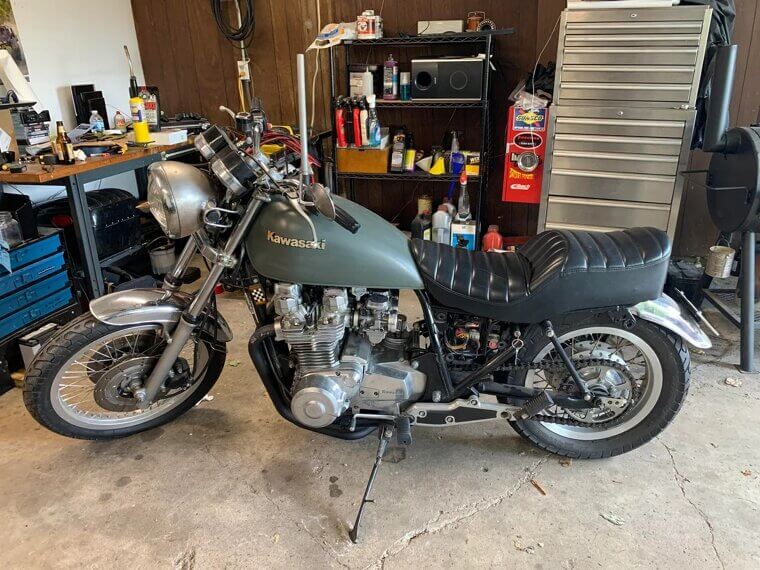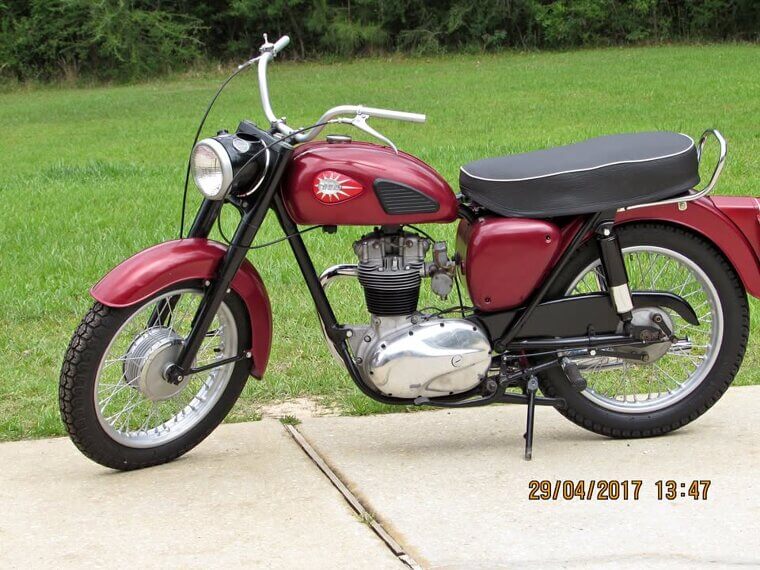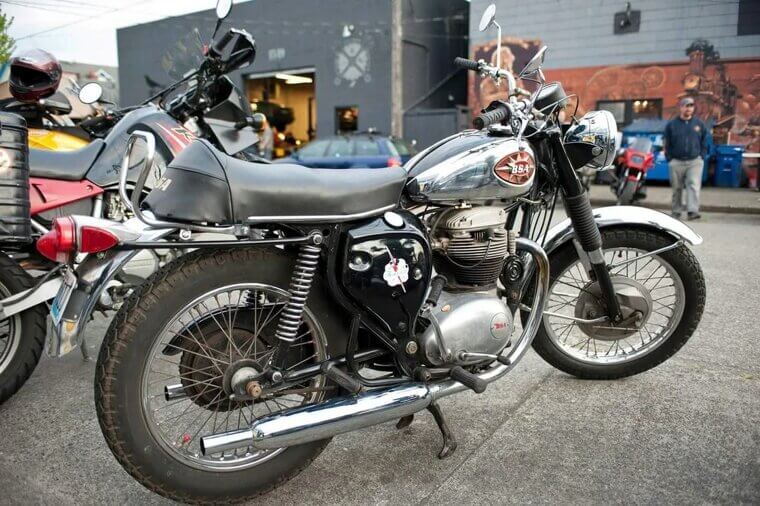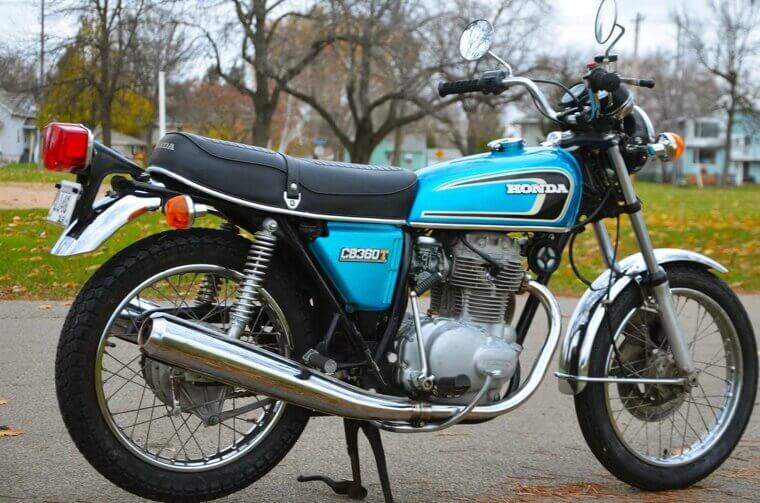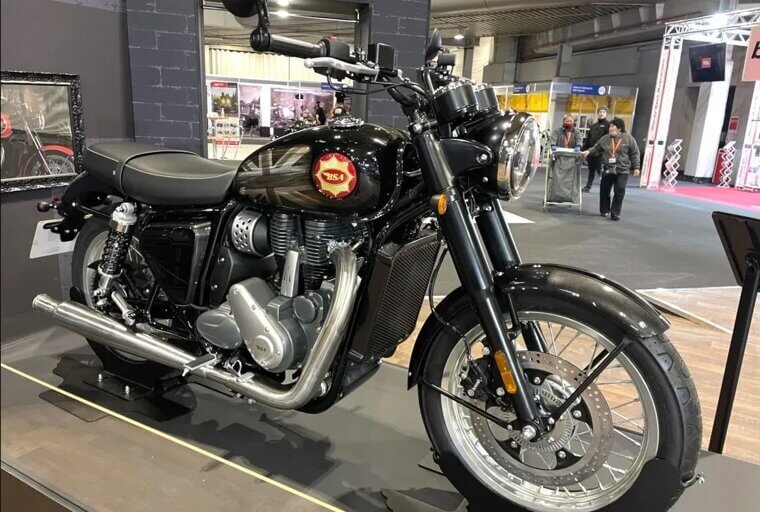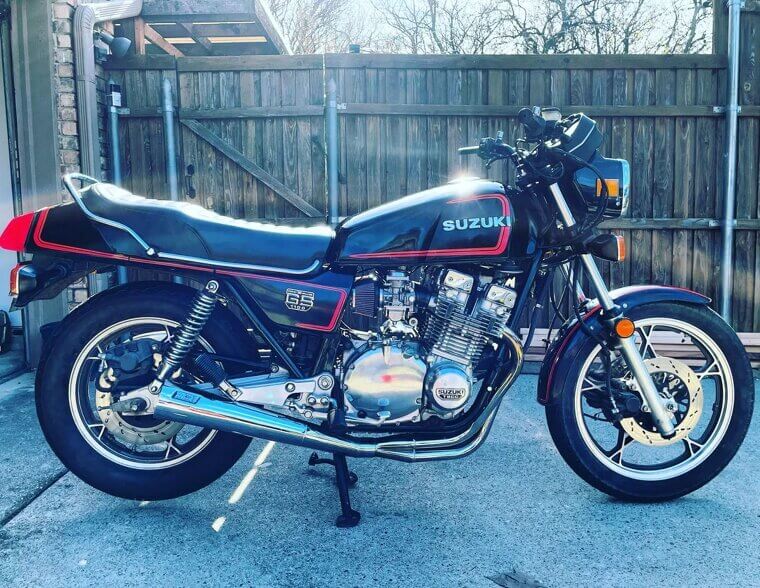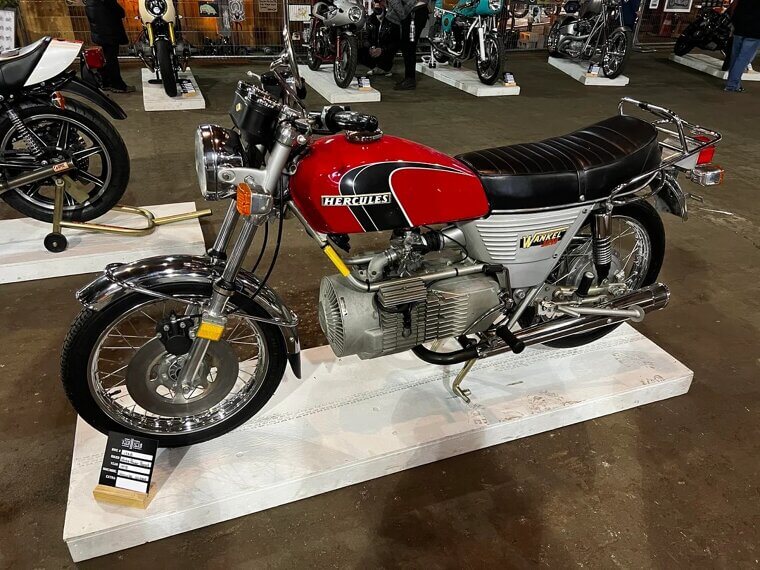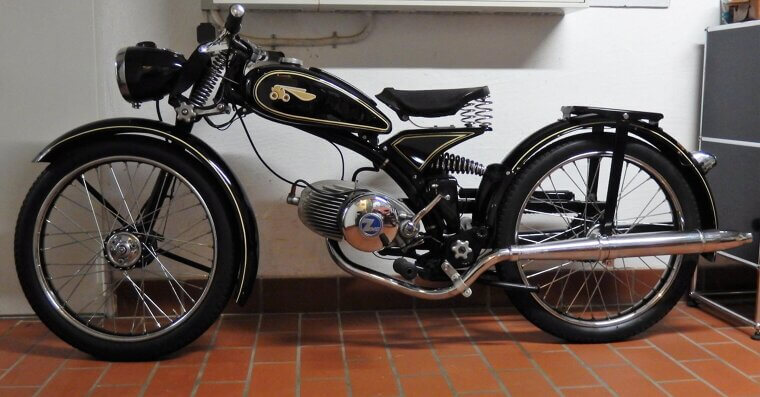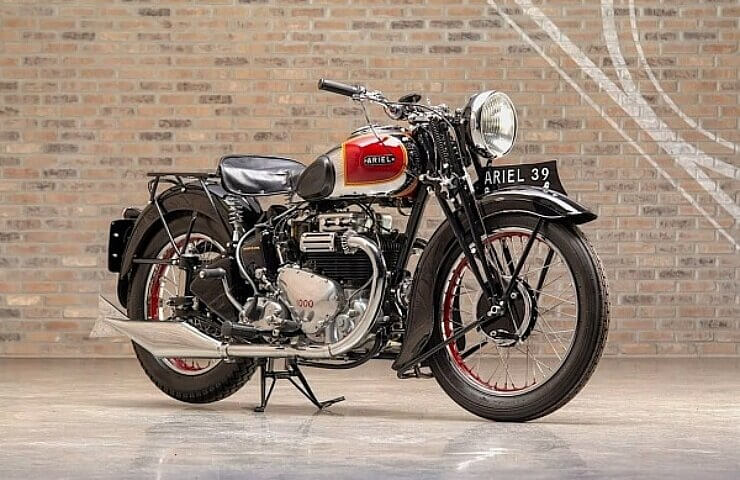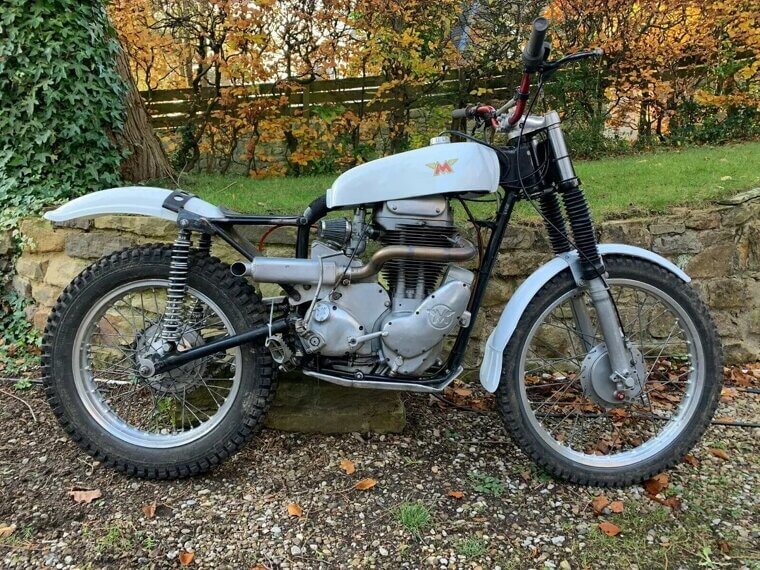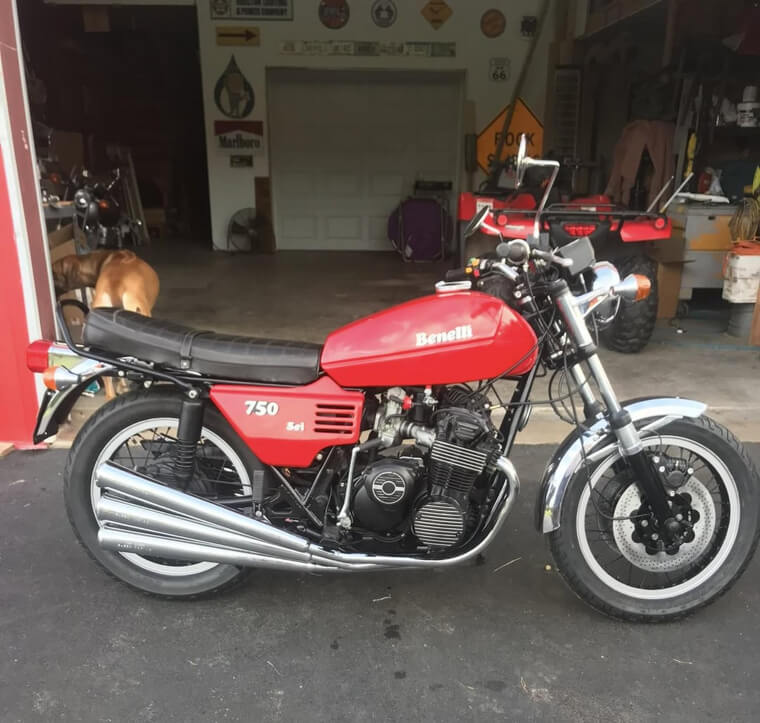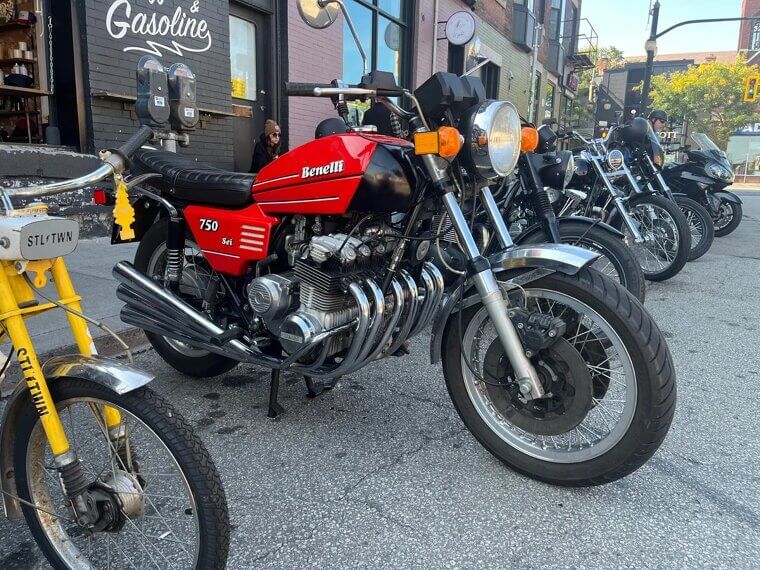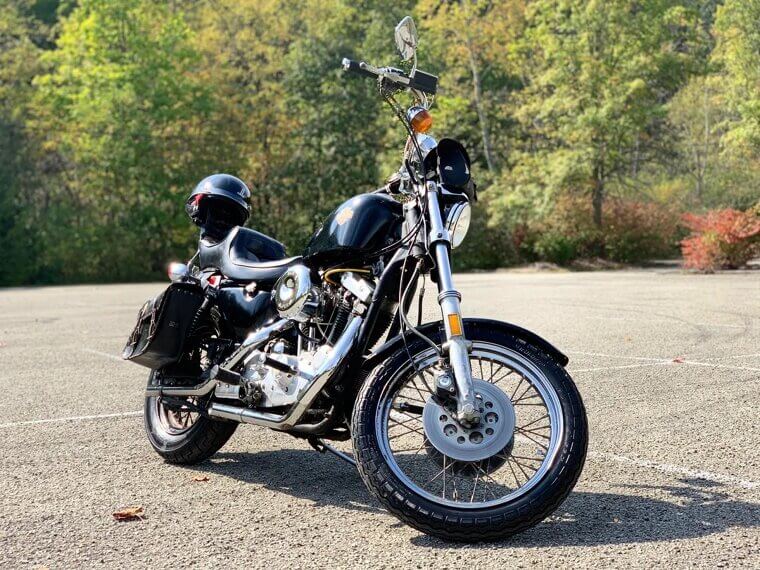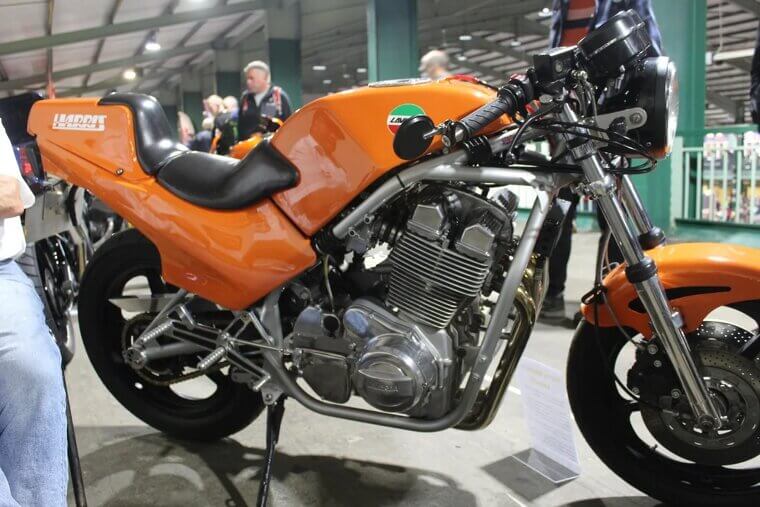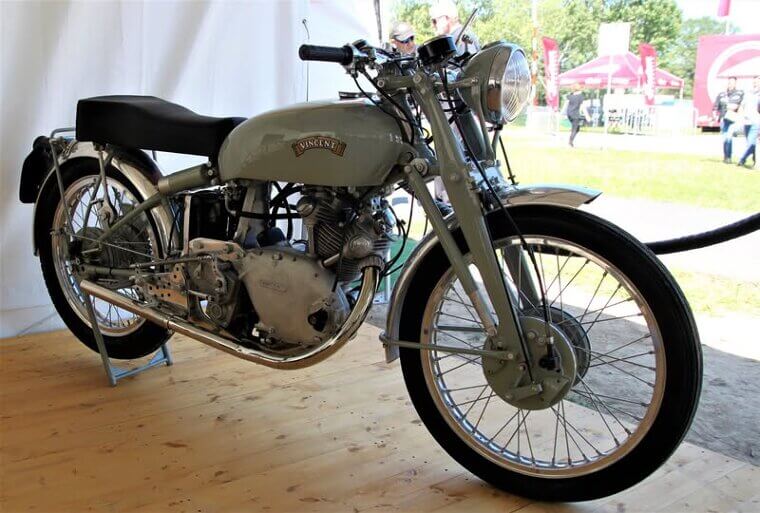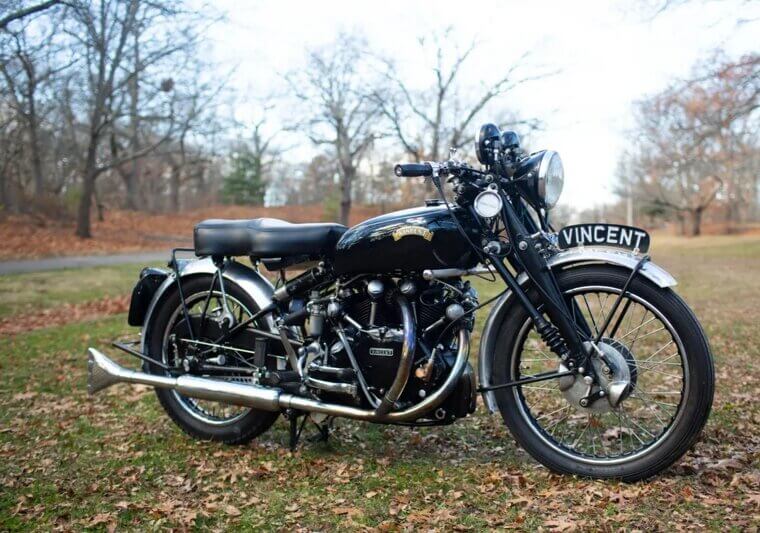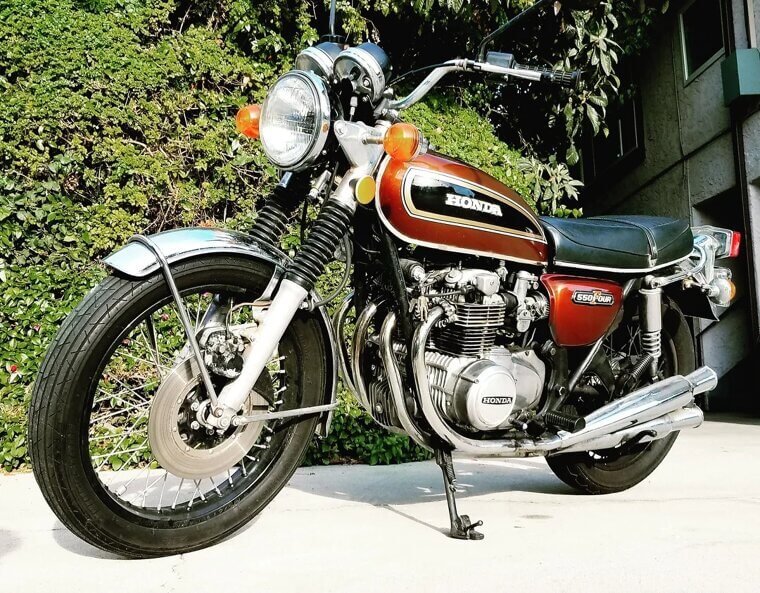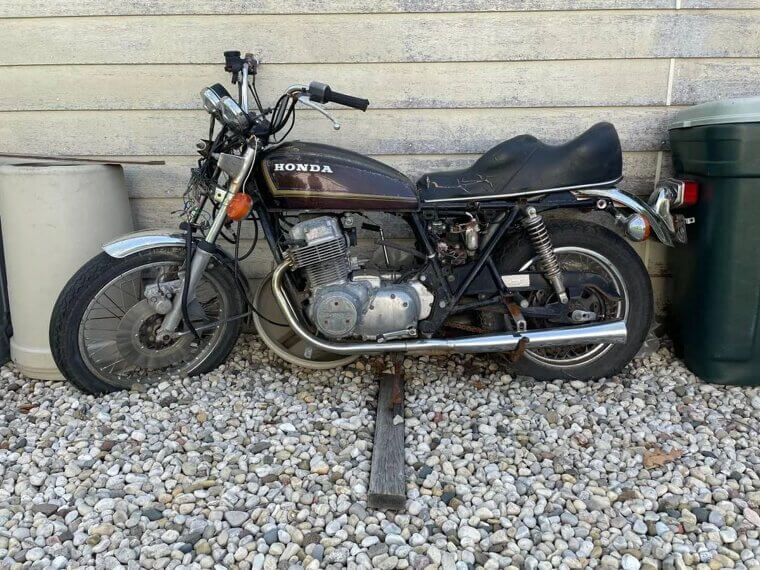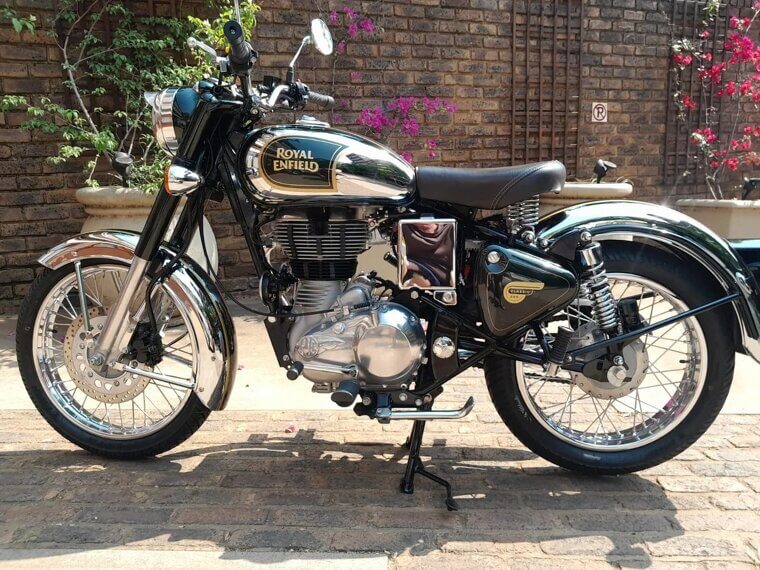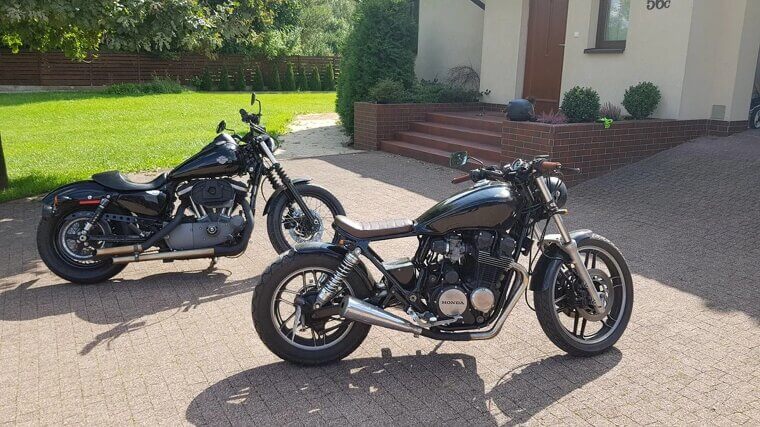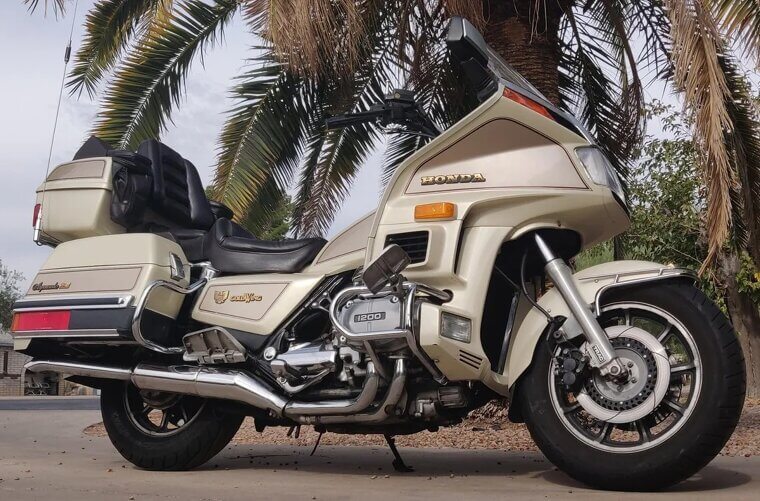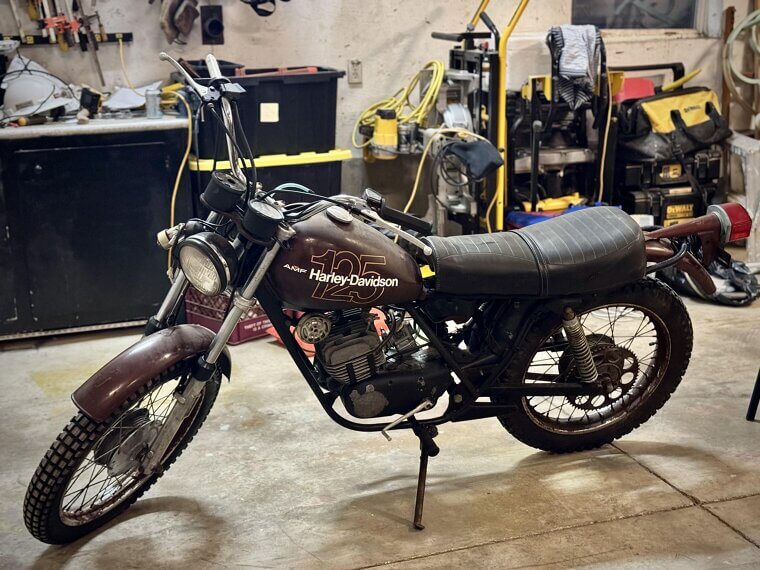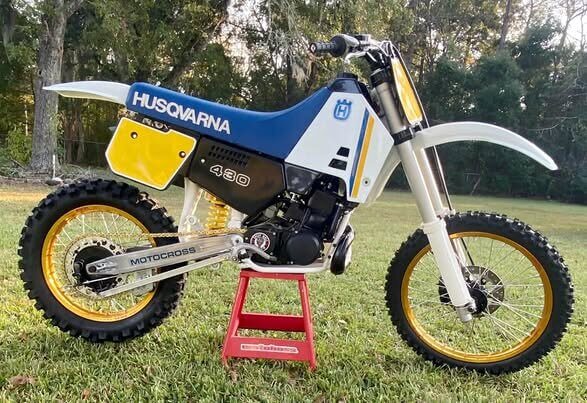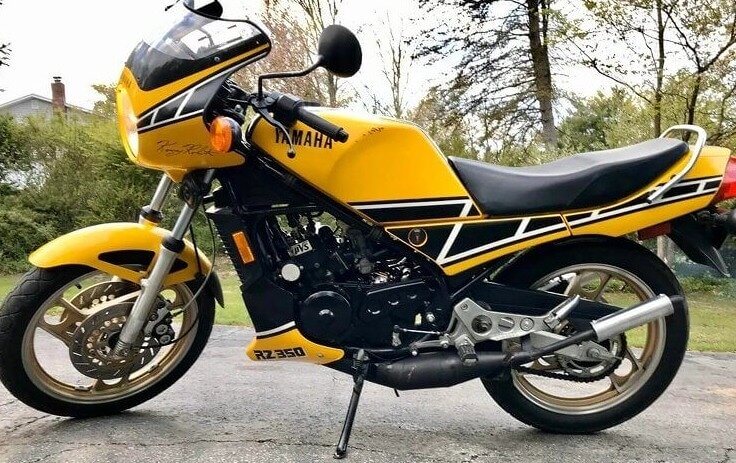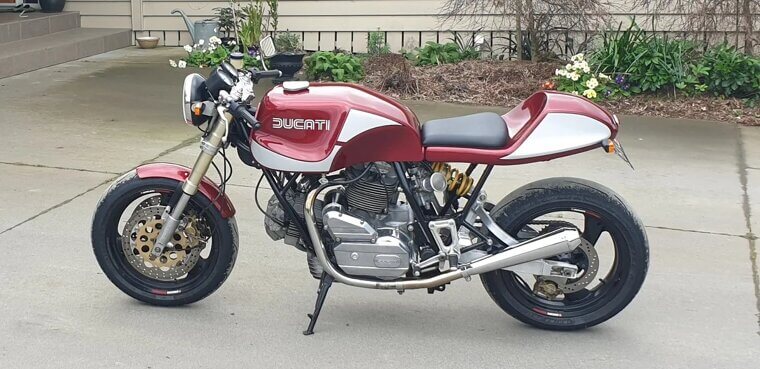Old-School Motorcycles With Lower Price Tags
Motorcycles have come a long way since their inception, with many of the most popular and prestigious brands having their roots in the early 20th century. That said, not every old motorcycle is going to command a high price tag, and some of these models may even surprise you with how little they’re valued at.
Honda CB350 (1966)
As one of the biggest names in the world of motorcycles, you can expect at least a few Hondas to make this list. The CB350 was one of their earliest successes, a top seller known for its reliable engine and dual Keihin carburetors. But despite being a classic model, the CB350 is a victim of its own success, being far too widespread to be considered a collector’s item.
Triumph Daytona 675 R (2006)
Triumph is the biggest name in the UK when it comes to motorcycles. Despite being almost twenty years old at this point, we’ll admit that the Daytona 675 R pushes the limits of what can be considered vintage. Still, this bike, known for its surprising power and nimbleness, was beloved by many, but its value hasn’t appreciated at all in the years following its release.
Triumph Bandit (1970)
Before Triumph became the company we know today, the previous incarnation of the brand ultimately went bankrupt, but not before Edward Turner (one of the company’s top engineers) designed the Bandit. It went through extensive designing, but only 5 models were ever produced, making it exceptionally rare. Unfortunately, it’s a tad too obscure to be considered valuable (in a monetary sense).
BMW R65 (1978)
BMW brought out the R65 in 1978 to add a mid-size motorcycle to its product line. Its light frame made it great for touring, but the model was somewhat lacking in reliability. Combined with its high maintenance costs, the R65’s value today is probably much less than you think.
BMW R75/5 (1969)
The R75/5 was part of BMW’s renowned ‘/5 series and was known for its 745cc air-cooled flat-twin engine, which put it on the higher end of the performance scale. Despite this, however, the R75/5 is still too widespread and - dare we say - common to be considered a collector’s item.
Moto Guzzi Ambassador 750 (1976)
With all the style afforded by its Italian heritage, Moto Guzzi is one of the most beloved motorcycle manufacturers in the world based on aesthetics alone. The Ambassador 750 (also called the V7 Special or V750) was adopted by California law enforcement, challenging the reign of brands like Harley-Davidson, but its value has strangely plateaued.
Moto Guzzi Le Mans (1978)
Like the Ambassador, the Le Mans has all the Moto Guzzi flair you’d expect, and was embraced by drivers all over the world. Ultimately, however, the sheer volume of Le Mans models has made their value stagnate over the years, with some selling for as little as $8k.
Norton Commando 750 (1967)
The original Commando was a huge success for Norton and won the award for “Machine of the Year” for five years in a row from 1968 to 1972. It was known for its innovative frame, which made it stand out from other choppers on the road, but the scarcity of its parts has caused its value to depreciate.
Norton Classic (1987)
You’d expect the Norton Classic to be, well, a classic - it’s in the name and everything. Despite being a limited edition model of just 100 machines, the Classic never lived up to its name. Even with age, its value has never really caught up.
Kawasaki KZ1000 CSR (1981)
The KZ1000 CSR was a cruiser-style offshoot of the classic KZ1000 range, offering a blend of style and power that should command a decent price tag but ultimately doesn’t.
BSA C15 (1958)
When it comes to vintage, no other motorcycle on this list up to this point can hold a candle to the BSA C15, whose earliest models date all the way back to 1958. Unfortunately, despite its sense of style, the C15 was plagued by gearbox issues, which have made it difficult to value and appraise. You’d need to find one in perfect condition for it to be worth anything substantial.
BSA Thunderbolt (1969)
The Thunderbolt was a performance-oriented tourer with a clean aesthetic and a single carburetor that could put out over 100 mph. Sadly, its cool aesthetics were offset by maintenance headaches and oil leaks, which have both negatively affected its long-term value.
Honda CB360 (1974)
The successor to the CB350, the CB360 ultimately suffered a similar fate to that model in terms of long-term value. It featured a completely new design and was offered as an alternative to the C350F and CB400, but these days, it’s more valuable in sentiment than money.
BSA Gold Star (1939)
The Gold Star is the oldest motorcycle on our list up to this point, which does make it more valuable than some of the others, but not by as much as you think. Despite being one of the fastest bikes of the 50s, the Gold Star’s racing pedigree hasn’t prevented its value from plateauing around the $25k mark.
Suzuki GS1000 (1978)
Suzuki - like Honda - is pretty much universally recognized for its generally stellar output over the years. The GS1000 was their first foray into the liter-class market, and was a huge success for the company. Unfortunately, that also means they’re not exactly rare, and their value today has suffered as a result.
Suzuki GSX1100E (1981)
In contrast to the GS1000, the GSX1100E was a much more modest success for Suzuki, despite being named “Superbike of the Year” for three years in a row. That’s made it something of a hidden gem nowadays, but it still lacks the pedigree to make it a true collector’s item.
Hercules W-2000 (1974)
The Hercules W-2000 is a significant model, despite its placement on this list, if only due to it being the very first Wankel bike from Germany. That said, despite its relative rarity, its reliability issues have prevented it from becoming a sought-after relic.
Imme R100 (1948)
The Imme R100 may be the most unique motorcycle on our list due to its totally stripped-back design sense and modest price at the time it was released. That said, this is one of those curios that would have Indiana Jones saying it belongs in a museum, not an auction house.
Ariel Square Four (1931)
The Ariel Square Four was designed by none other than Edward Turner, one of the best and brightest minds in motorcycle engineering. It was a totally innovative machine, but one that never went into mass production. That does make it rare, but its complex design requires extensive - and expensive - upkeep, lowering its value overall.
Matchless G80 (1946)
Not to be confused with the unrelated model of the same name from the 80s, the original Matchless G80 was a workhorse in all but name. Simple, reliable, and completely overshadowed by flashier and more powerful models, keeping its value on the lower side of the scale.
Benelli 750 Sei (1974)
The Benelli 750 Sei holds the distinction of being the first ever production motorcycle to use a 6-cylinder engine. With its distinct, angular design, it was intended to dominate the Italian motorcycle market. However, the sheer amount of upkeep it requires has kept its value low.
Benelli Sei 750 (1974)
No, we haven’t gone senile just yet - Benelli released two models of the 750 and chose the most confusing naming scheme to do so. Both models have the same pros and the same cons as well.
Harley-Davidson XLH 1000 Sportster (1985)
Though this Harley-Davidson model mercifully avoided the dreaded AMF years, its value is surprisingly low, mostly due to its overall simplicity.
Laverda Jota 1000 (1976)
The Laverda Jota 1000 is unique in its heritage - it’s got Italian flair backed by British engineering, making it both stylish and powerful in equal measure. Unfortunately, it’s a maintenance-heavy machine whose extensive upkeep has diminished its value.
Vincent Grey Flash (1949)
The very name “Vincent” should send shivers down the spines of motorcycle enthusiasts everywhere. Make no mistake - the Grey Flash is one of the rarest bikes in the world. Unfortunately, its pedigree is so high that models need to be in perfect condition in order to command huge price tags.
Vincent Black Shadow (1948)
Considered by many to be the world’s first superbike due to its sheer speed and power, the Black Shadow is legendary. That said, like the Grey Flash, in order for it to command a high price today, it needs to be in tip-top shape. Anything less and its value suffers greatly.
Honda CB550 (1974)
Though Honda has proven time and again that they’re capable of delivering some of the finest machines in the world, the CB550 is decidedly… meh. It’s a totally serviceable machine, but not one that commands huge prices.
Honda CB750 (1969)
Make no mistake: the CB750 is one of the greatest bikes ever made, and is another contender for the title of “world’s first superbike” alongside the Black Shadow. That said, only the earliest models command the highest prices, and it doesn’t help that the CB750 was so mainstream and widespread to begin with.
Royal Enfield Bullet 500 (1931)
The Royal Enfield Bullet 500 is probably the most timeless motorcycle in terms of aesthetics alone. That said, its relatively low performance and an abundance of modern repros have diminished its value.
Honda Nighthawk 650 (1982)
The Nighthawk 650 was something of a nothing burger in Honda’s history overall. It’s cheap and easy, sure, but it’s also sorely lacking in modern safety features, and its value has stagnated overall.
Honda Gold Wing (1974)
Similarly to the Royal Enfield Bullet 500, the Gold Wing from Honda features one of those timeless designs that make people go, “Yup, that’s definitely one of the motorcycles of all time.” That said, its popularity among biker circles has diminished its long-term value.
Any Harley-Davidson From the AMF Era (1969 to 1981)
It should tell you something that over the course of this 35-item long list, there hasn’t been a single Harley-Davidson. They’re a prestige brand known for the consummate quality of their machines - that is, their machines before and after the AMF years. Harley-Davidson’s acquisition by AMF in 1969 is considered, by many, to be a stain on the brand’s legacy due to the overall decline in quality and rushed production.
Husqvarna 430CR (1981)
Huskies from the 80s were some of the most fun off-roaders you could get your hands on, but their long-term value can’t exactly compete with the likes of more prestige brands despite their often overwhelming sentimental value.
Yamaha RZ350 (1984)
The RZ350 from Yamaha was one of the last ever two-stroke street bikes to ever be sold in the US, and is increasingly rare nowadays, but still not as expensive as you might think.
Ducati Darmah (1978)
The Darmah lives in the shadow of its more popular cousin, the 900SS, which is a crying shame since it’s just as stylish and sporty as that model. Sadly, it’s not often valued highly nowadays.

